Video jargon explained: what the specs mean and what to look for
Video cameras and their technologies are advancing at breakneck speeds, but what does all this video jargon mean?
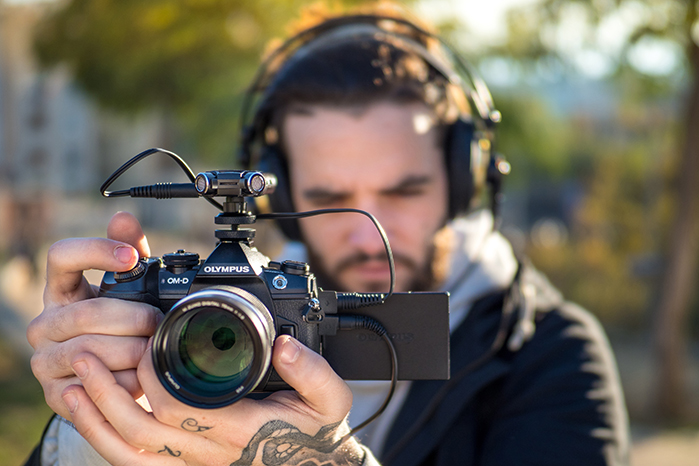
Every new video camera comes with a baffling list of bullet points, specifications and features to explain why it’s better than anything else that’s gone before, but what do they all mean, and how important are they actually?
Many of the things you look for in a stills camera are important for video too, notably things like sensor size and ISO range. But video capture introduces a whole range of other aspects and technicalities beyond this, so here’s a guide to some of the jargon you’re likely to encounter, and what it means in real terms.
• See the Digital Camera World A-Z Dictionary of photography jargon
• See also: Best VHS to DVD converters
Video resolution
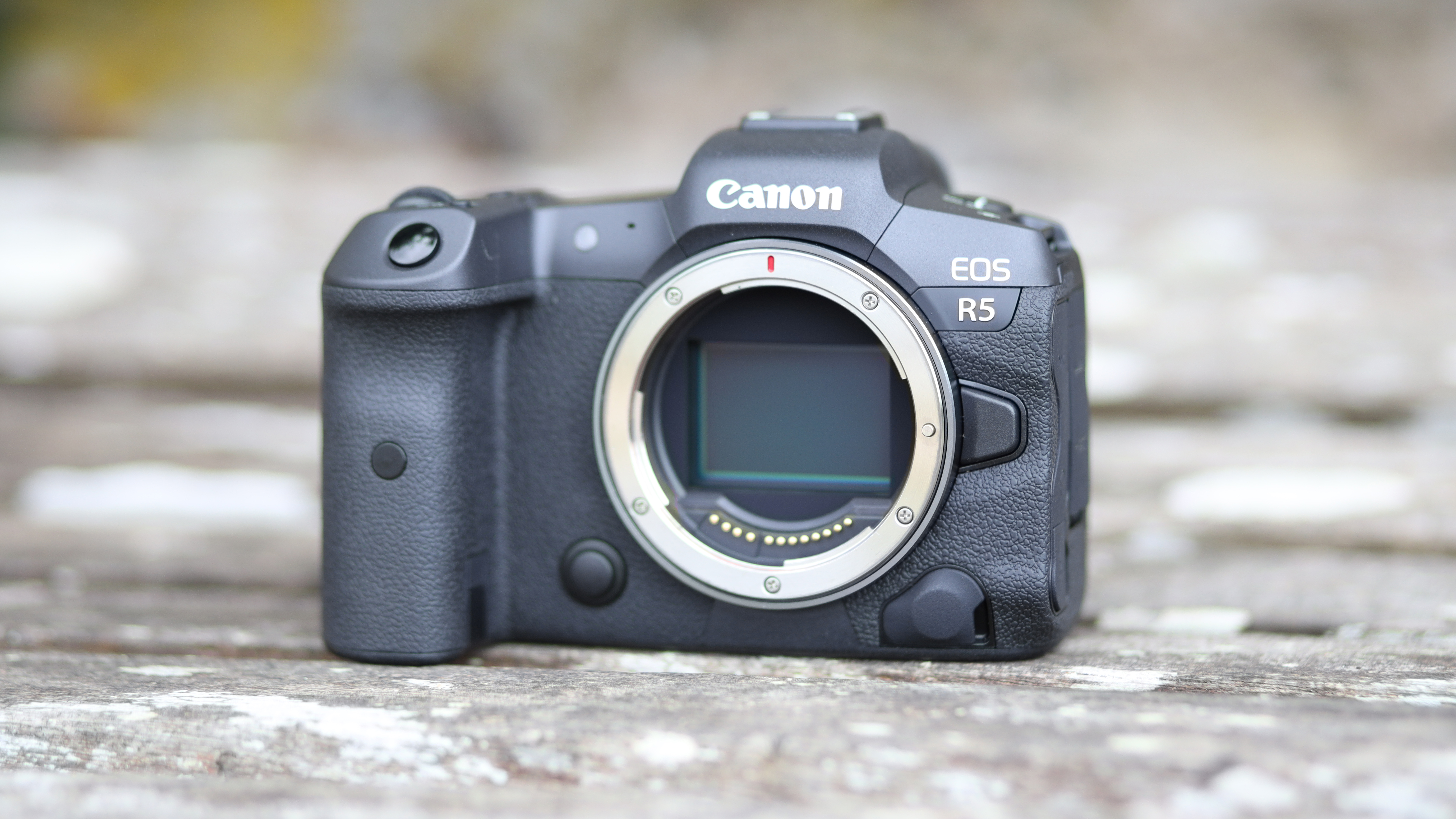
12K, 8K, 6K, C4K, 4K UHD, FHD, HD… there are so many different resolutions now! HD is the old ‘standard HD’ with a frame width of 1280 pixels, while FHD is ‘FullHD’ with the larger and more widely used 1920 pixel width. After that, the number indicates the approximate frame width in pixels, so 4K is video 4,000 pixels wide, 6K is video 6,000 pixels wide and so on. Despite the headline stories about 6K, 8K and beyond, 4K is the most universal current resolution and still very high for most purposes.
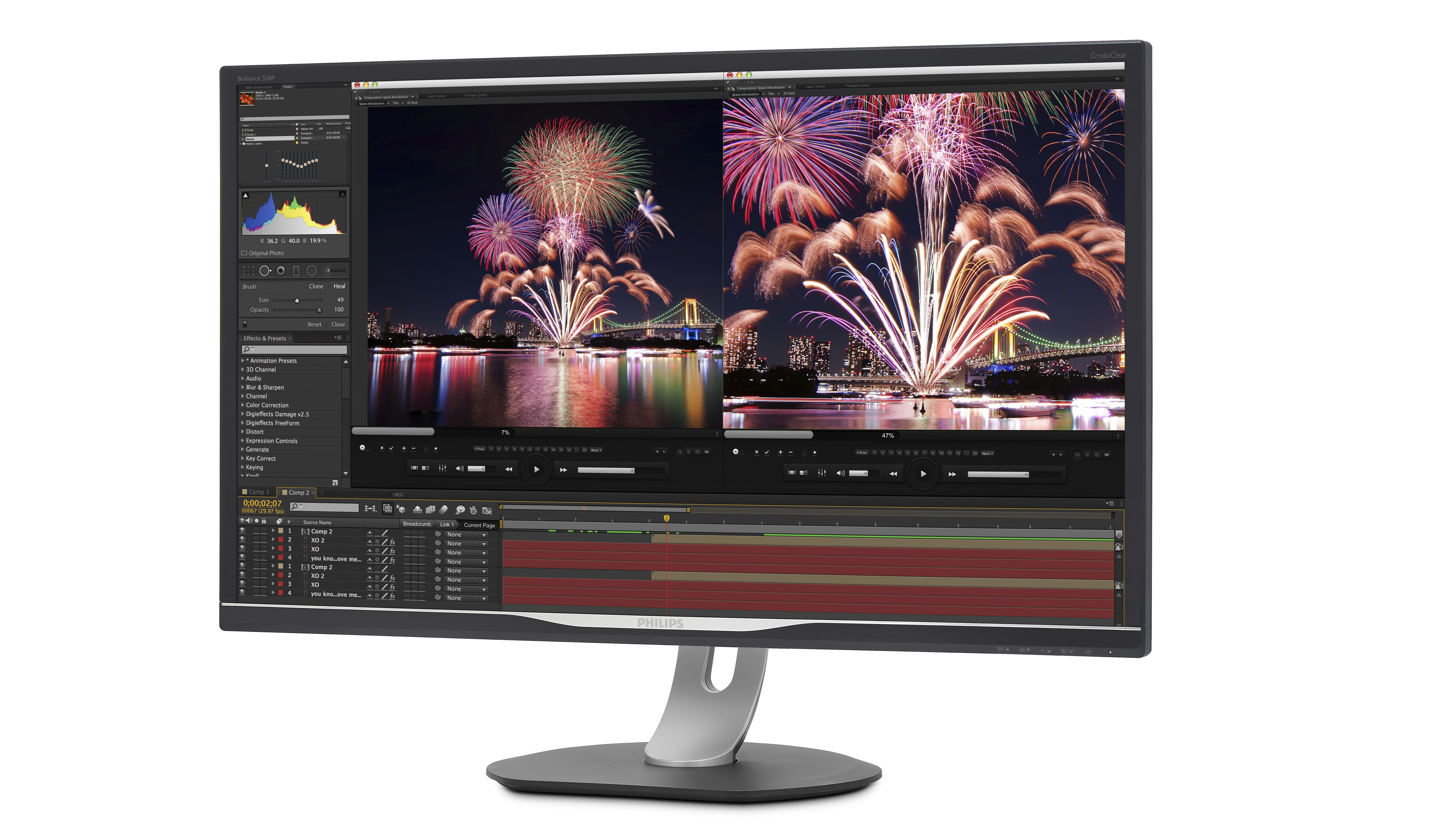
4K vs Cinema 4K (C4K)
What most people refer to as ‘4K’ is actually UltraHD, or 3840x2160 pixels; it’s not quite 4,000 pixels (or 4K) pixels wide. However, it does have the same 16:9 aspect ratio as FullHD, with twice the horizontal and vertical resolution. Actual Cinema 4K, which is often referred to as DCI 4K, has a resolution of 4096x2160 pixels, with a slightly wider 17:9 aspect ratio.
8K
See What is 8K?
Aspect ratios
Aspect ratio is the video frame’s width versus its height. It’s especially important for video, where you want the video proportions to match the screen or display it’s being shown on. By far the most common aspect ratio is 16:9 (16 units wide by 9 high). This is used by almost all common video modes on cameras, by domestic TV sets and computer monitors. There are wider ratios than this and used in cinema productions. Cinema 4K (C4K or DCI 4K) has a slightly wider aspect ratio than regular 4K UHD and is offered on some cameras, and there are much wider cinematic ratios than this that are only used in the movie industry.
Get the Digital Camera World Newsletter
The best camera deals, reviews, product advice, and unmissable photography news, direct to your inbox!
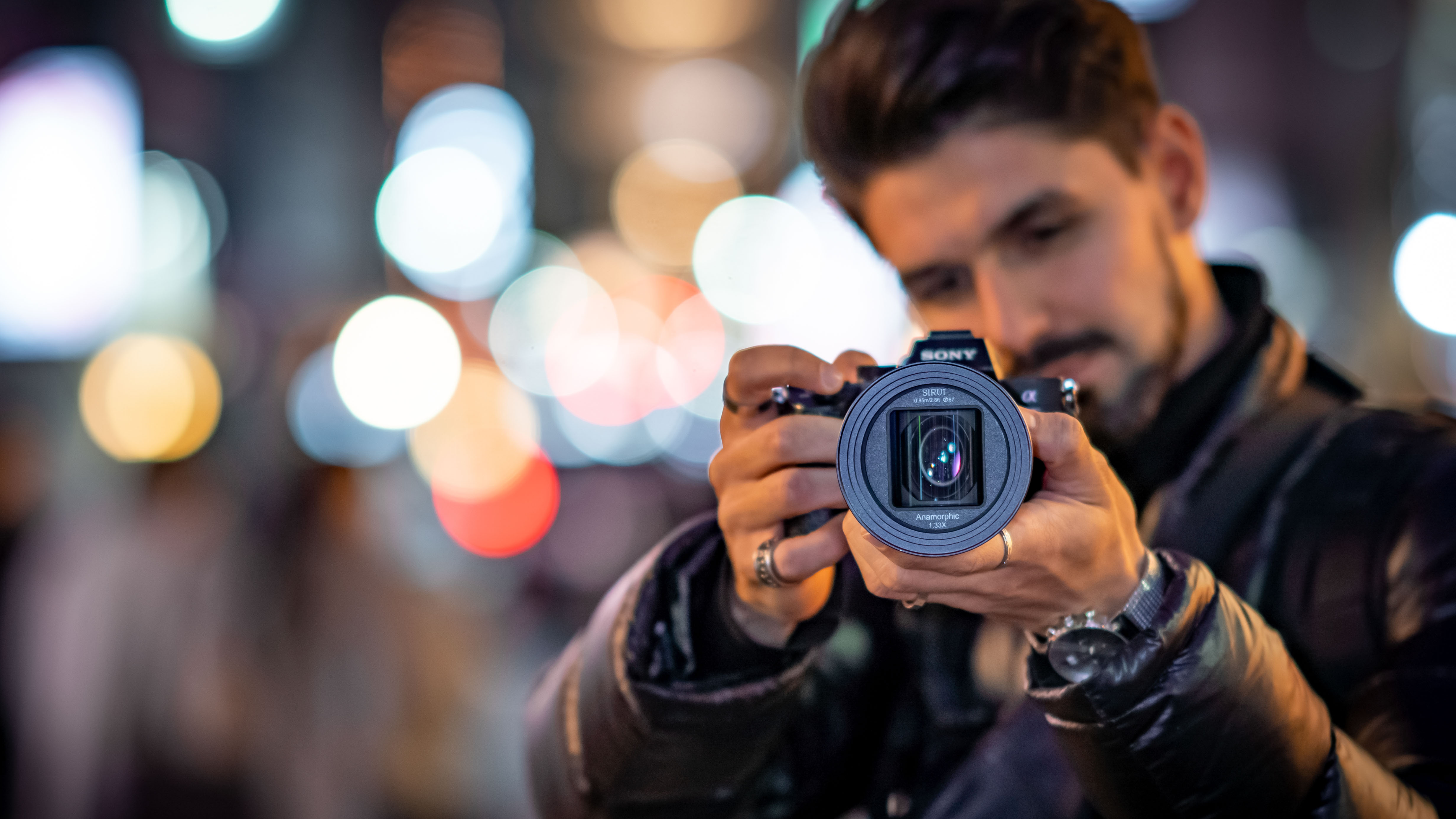
Anamorphic lens
This is a special kind of lens used widely when movies were shot on fixed film sizes, to squash a wide image horizontally to fit on a narrower film area. Another anamorphic lens would be used to project or otherwise display the movie and stretch it back out to its proper proportions. Anamorphic lenses are starting to make a comeback in digital video as they offer a way to capture much wider scenes than would otherwise fit on the camera sensor. They also produce optical effects, such as eliptical bokeh shapes, and streaky flare that many cinematographers love.
Autofocus
Most camera makers now offer fast hybrid phase- and contrast-detection autofocus systems, though Nikon DSLRs still use contrast-detect autofocus in live view and during video recording, and Panasonic’s Depth From Defocus (DFD) contrast-detect AF is really fast. In reality, though, many videographers prefer manual focus.
Crops and sensor sizes
Sensor size is as important for video as it is for stills photography because larger sensors produce better quality, especially in low light, and give shallower depth of field for a more ‘cinematic’ effect. But a camera may not always be able to use the full width of the sensor when shooting video, depending on the sensor resolution, the frame rate being used and the camera’s processing capabilities. Some full frame cameras, for example, can only shoot ‘cropped’ video using a smaller, central area of the sensor. There is a general move towards full frame sensors in video, where previously the standard was the Super 35 format (roughly APS-C size) which remains in widespread use and is often provided on full frame cameras as a ‘crop’ mode for the reasons explained above.

Pixel binning vs oversampling
Some video cameras are made with sensors that have exactly the same resolution in pixels as the video they capture. With cameras that shoot both stills and video, however, the sensor resolution will often be a lot higher than is needed for video – you only need a 12MP sensor to capture 4K, for example. This leaves manufacturers with three choices:
1) Capture cropped video using a smaller area of the sensor with the same pixel dimensions as the video – this needs least processing but reduces the angle of view of your lenses.
2) Use ‘pixel binning’ or ‘line skipping’ to combine or discard unwanted pixels – this is generally seen as a rather unsatisfactory, low tech approach.
3) Use ‘oversampling’ to capture video frames at the sensor’s full resolution and then resample them on the fly down to the required video resolution – this is regarded as giving the best quality and does not crop the video frame, but does require more processing power.
Interlaced versus progressive
In the old days of broadcast TV, when signal bandwidth was limited, interlacing was used to transmit video frames in two parts, one with odd lines and one with even lines only, then ‘interlace’ them on the TV screen. It worked well enough, but you can easily see the interlacing in freeze-frames or digitised old TV programs. In the early days of digital video, many cameras still used interlacing to make the best of the limited processing power available at the time. Now, though, almost all video is ‘progressive’, where each video frame is captured in full. The quality is much better and you no longer get the horrible striped interlacing effect. When you see a ‘p’ after a video format, e.g. 1080p, or a frame rate of 30p, it means progressive capture, whereas ‘i’ means interlaced capture.
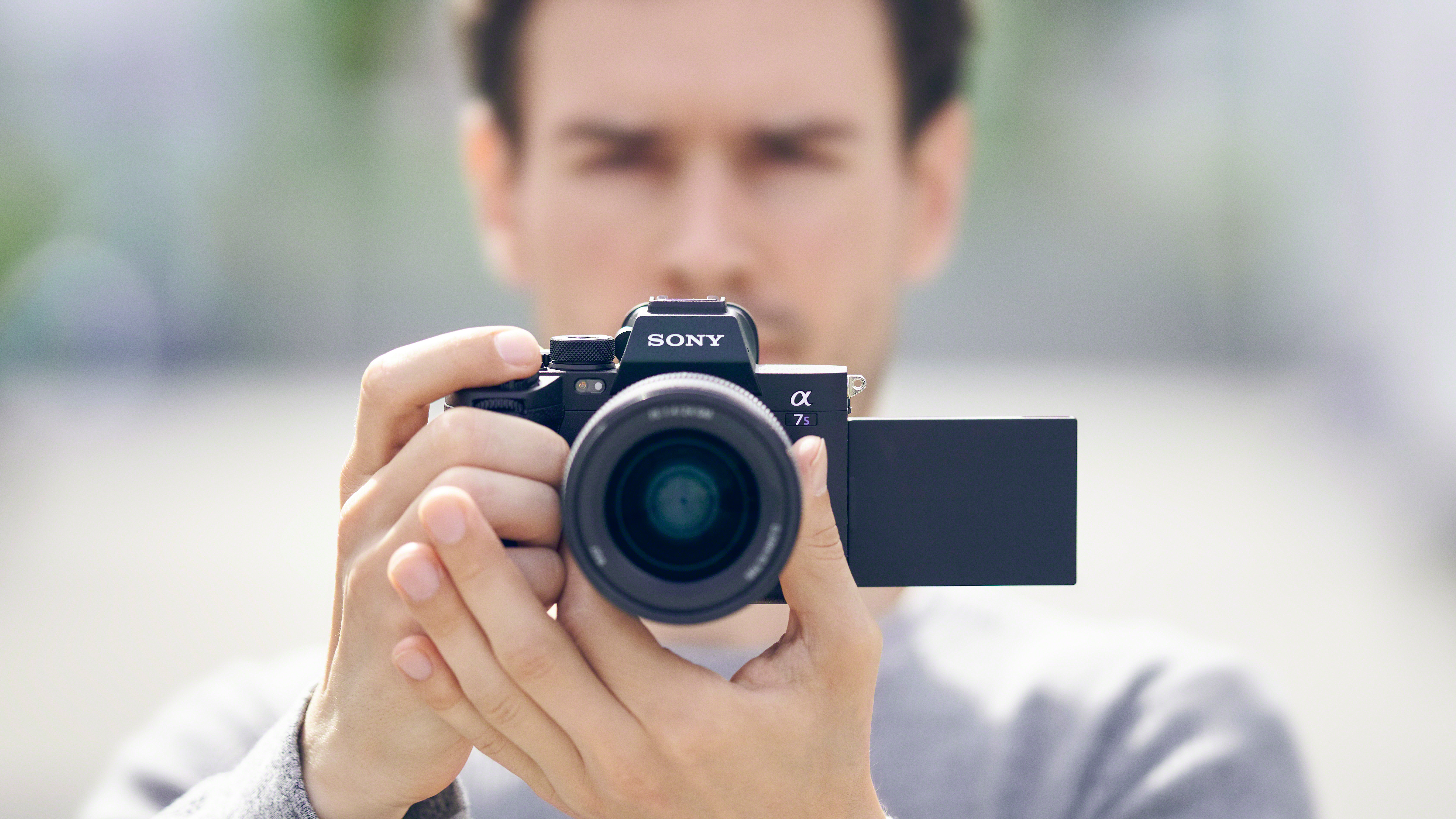
Frame rates
For video to look smooth it needs a recording and playback speed of 24-30fps. 24fps is popular in cinematography, 25fps is used for broadcast TV and playback devices in the UK and many European territories and part of the old PAL standard, and 30fps in the US and other territories as in the old NTSC standard. Videographers will often choose the frame rate to match the territory they are in, though with digital distribution and playback, the differences are becoming less important, as are the differences between the PAL and NTSC systems. Cameras offer multiples of these frame rates for slow motion effects. 60fps recording and 30fps playback will give a 2x slow motion effect, for example. High frame rates are a selling point for video cameras but are processor intensive and may come with lower video resolutions.
Bit depth
Most cameras capture 8-bit video, which has similar limitations to 8-bit JPEGs and can start to break up and show banding or posterization effects with heavy editing (or ‘grading’, to use the video term). Some cameras can capture 10-bit video, which offers more scope for editing later.
Bitrate
Bitrate indicates the maximum data capture speed of a video camera and are related to the video resolution and quality settings. The higher the camera’s bitrate, the better the quality it can capture, broadly. 100Mbps (megabits per second) is good, but high-end video cameras might offer 500Mbps. Bitrates don’t tell you everything you need to know about a video camera’s quality, but they do give you an idea of its professional status and its recording ‘horsepower’.
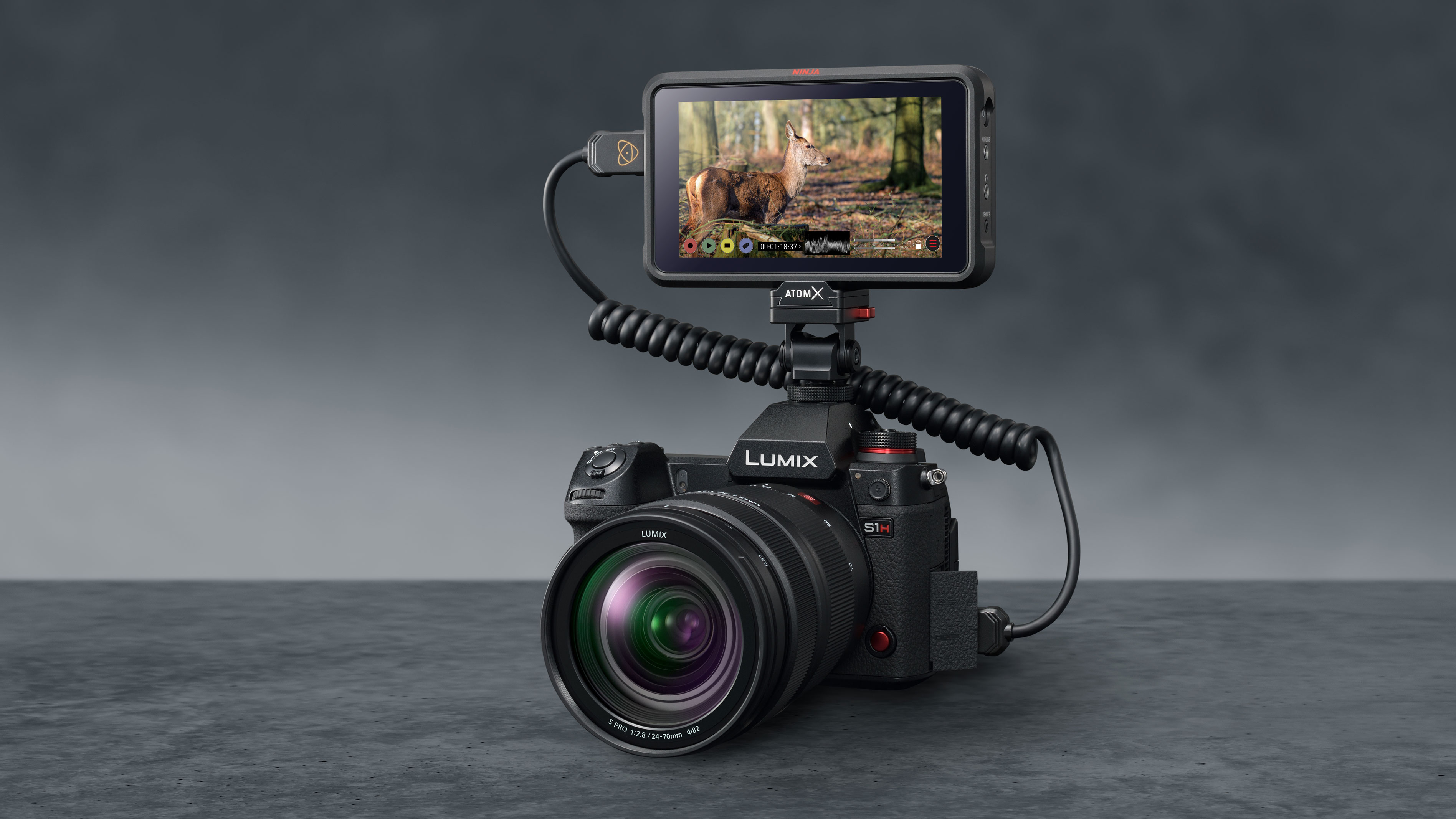
Cine lenses
Regular lenses are fine for video but cine lenses have special adaptations that can make video easier or better. They use T-stops (actual light transmission values) rather than F-stops, and many have ‘de-clicked’ aperture/iris rings for smooth and silent exposure adjustment. Some also have toothed rings that engage with professional pull-focus mechanisms.
Color subsampling
Video footage is very data-heavy and is recorded using a variety of compression techniques. One of these is chroma (or color) subsampling, where the two chroma channels of the video signal are compressed compared to the luma channel (the first of the three numbers). The technical explanations are complex, but there are two figures in common use right now. 4:2:0 sampling gives good quality and good compression and is the standard setting for most cameras capturing video to an internal memory card. 4:2:2 sampling gives better quality but needs either an external recorder or one of the latest, more advanced video cameras – some of these can capture 4:2:2 video internally.
External recorders
Video cameras can record compressed video internally to memory cards, but you can usually record ‘clean’ (ie uncompressed) video to an external recorder via the camera’s HDMI port, too. This offers potentially higher quality and greater storage capacity, and many of these have large displays that let you see the scene more clearly. Some of the best on-camera monitors have built-in video recorders.
Intra-frame vs inter-frame (IPB)
Intra-frame compression compresses each frame individually and gives the best quality frame by frame. Inter-frame compression only stores the changes between key frames. The choice may be expressed as ‘All-I’ (intra-frame) and ‘IPB’ (inter frame) compression.
Microphones
The camera’s internal microphone, stereo or otherwise, will not have the sound quality or directional sensitivity for good-quality video, so an external mic is an essential accessory. You can use directional ‘shotgun’ mics like this RODE VideoMic Pro, or a wireless lapel or ‘lavalier’ mic for clipping to clothing to record speech. See our guide to the best microphones.
LED lighting (continuous lighting)
Naturally, flash is no good for video, so if you intend using artificial light it will need to be continuous lighting. LED panels are the top choice for video because they run for a long time off battery power while providing good levels of lighting and low heat levels. Some also offer variable color temperature for matching the color of different light sources. See our guide to the best LED panels.
Live view
Mirrorless cameras have an advantage because they offer full-time live view both on the rear screen and in the viewfinder. DSLRs only offer rear screen viewing because they have to shoot video with the mirror up.
Memory cards
memory card makers will quote a maximum transfer speed, which is useful for gauging their performance for stills photography, but for video you need a minimum sustained speed. This is not the same thing, so the best memory cards now quote both. The bare minimum for 4K video is 10MB/s (Class 10, UHS Class 1, V10); 30MB/s is better (UHS Class 3, V30) and 60MB/s is ideal (V60). Learn how to understand everything written on your camera's memory card.
Tilting screen
Very useful when filming at low angles or ground level. Fully-articulating screens are less important for video because you never shoot with the camera held vertically.
Touchscreen control
Useful in videography because you’re less likely to jog the camera if you need to make adjustments while filming. Also invaluable when vlogging or content creating, giving you quick access to settings without having to navigate dials and buttons.
Video tripod and head
A dedicated video tripod, such as the Manfrotto tripod above, will have twin legs for extra stability and vibration reduction, and a fluid head with a long panning arm will provide much smoother camera movements. The Manfrotto Nitrotech N8 has both these features, together with a counterbalance system that prevents the camera drooping forward when it’s released. See our guide to the best video tripods.
Zebras
A tool provided by many recent cameras that's used to help judge exposure. This displays the areas of highlights in the frame, and the user will typically have control over the threshold to better manage detail in these areas.
8-bit vs 10-bit
Video footage is usually captured using 8-bit color – the same bit-depth used for JPEG still images. This is usually fine, unless the video needs heavy editing (‘grading’) later. Heavy editing can cause the tones to start to break up or posterise, losing their smooth gradations. Some cameras can capture 10-bit video, either internally or when connected to an external recorder. This produces video which can withstand editing much better, which is especially important if you use Log modes (below).
All-I vs Long GOP
In order to keep video file sizes manageable, further compression is used within each frame or even between frames. All-I (all-intra) uses intra-frame compression alone, so that although each frame is compressed, each frame is nevertheless a complete image. Long GoP (long Group of Pictures) compression identifies significant keyframes (full frames) with big differences, and ‘delta’ frames in between where there are only small differences – and records only these differences, not the full frame. Long GoP compression produces smaller video files, but All-I compression produces better quality, especially for editing.
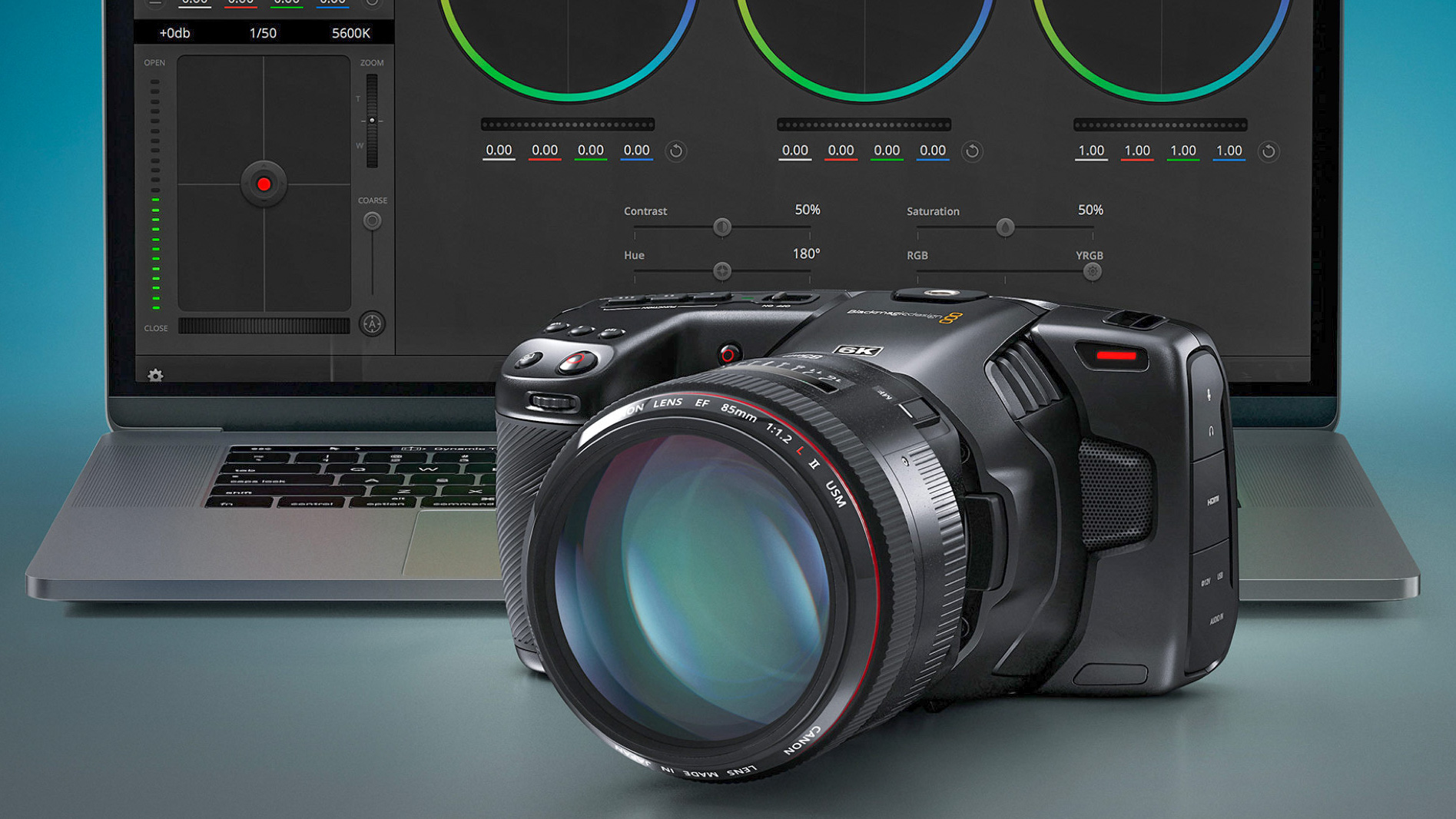
Raw video
Raw video is like raw images in stills photography. The camera records video as raw, unprocessed data rather than as processed, viewable movie files. However, raw video capture places MUCH bigger demands on processing power and storage capacity, especially at high resolutions like 4K and above, so only very high end video cameras can capture raw footage internally, and even quite advanced models may need an external recorder.
Log modes
Log modes are a kind of half way house towards the flexibility of raw video. They capture video which is tonally very flat but captures an extra-high brightness range to work with later when editing, or ‘grading’ the video. Log modes are an important pro feature in more advanced cameras and generally increase the price – though sometimes makers add Log modes via a firmware update. When you grade Log footage you will need to apply a profile to ‘correct’ the tones and colors to a normal appearance, or a LUT (lookup table) to create a specific cinematic color palette or ‘look’.
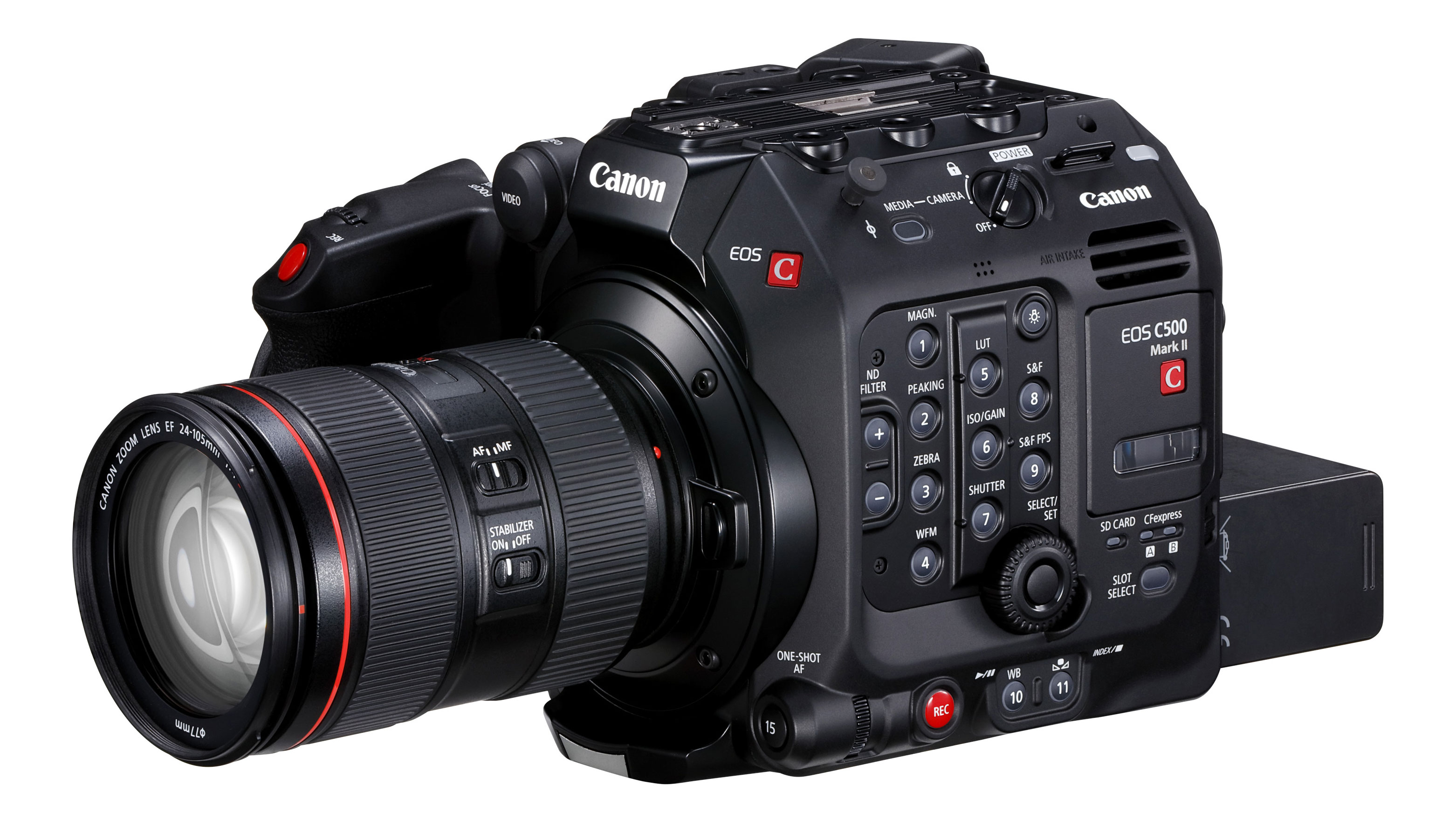
Codecs vs formats
This can be confusing because it often sounds as if people are treating them as the same thing, but they are not. Essentially, the video ‘format’ is the ‘container’ for the video, audio and assorted metadata to tie it all in together, while the ‘codec’ is purely the video compression system used. For example, the Sony A7S III uses an XAVC HS format which uses the H.265 video codec. The XAVC HS format is proprietary to Sony, but other makers use the same H.265 video codec for their own video formats. The common MPEG-4 format (also known as MP4 after its .mp4 file extension) uses the equally common H.264 video codec. You need containers (formats) for video because they also have to store audio files and metadata needed by the maker to offer proprietary video features for playback and editing.
Read more:
• How to choose a video camera
• Best cameras for vlogging
• Best 4K cameras for filmmaking
• Best cinema cameras
• Microphone jargon explained

Rod is an independent photography journalist and editor, and a long-standing Digital Camera World contributor, having previously worked as DCW's Group Reviews editor. Before that he has been technique editor on N-Photo, Head of Testing for the photography division and Camera Channel editor on TechRadar, as well as contributing to many other publications. He has been writing about photography technique, photo editing and digital cameras since they first appeared, and before that began his career writing about film photography. He has used and reviewed practically every interchangeable lens camera launched in the past 20 years, from entry-level DSLRs to medium format cameras, together with lenses, tripods, gimbals, light meters, camera bags and more. Rod has his own camera gear blog at fotovolo.com but also writes about photo-editing applications and techniques at lifeafterphotoshop.com
